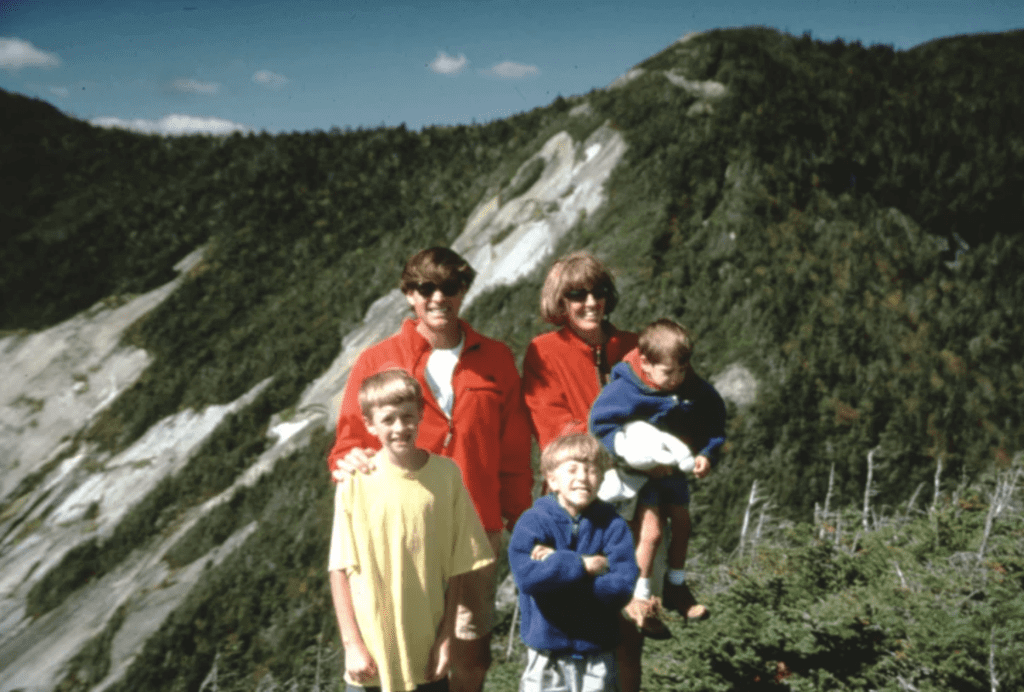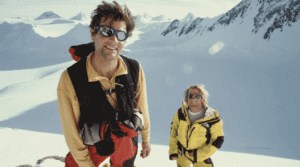Who Was Alex Lowe?
Alex Lowe was an accomplished American mountaineer known for his versatility and skill in all facets of mountaineering. From his breakthrough ascents of massive ice columns, life on the big walls of Yosemite, and ski descents of the world’s tallest peaks, Alex Lowe was a revolutionary force within the realm of the high mountains.
Lowe was considered the best climber in the world by many of the other best climbers in the world. This included his best friend and mountain partner Conrad Anker. Notably, Lowe was a member of The North Face climbing team from 1990 until his death. Tragically, at the age of 40, Lowe died in an avalanche on Shishapangma in Tibet. His team had hoped for the first ski descent from the summit, as well as for the honor of being the first Americans to ski from an 8,000-meter peak.
Alex Lowe’s spirit, climbing ability, and perseverance are all defining qualities. However, one particular attribute stands above the rest: his raw strength. Known as the ‘Lung with Legs’ and ‘The Mutant,’ Lowe astonished climbers with his sheer ability to power through the mountains.
In response to media attention about being the best climber in the world, Lowe stated, “The best climber in the world is the one who is having the most fun.”
Lowe is survived by his wife and three children. In 2021, Alex’s oldest son Max released TORN, a documentary film examining the family’s journey after Alex’s death.
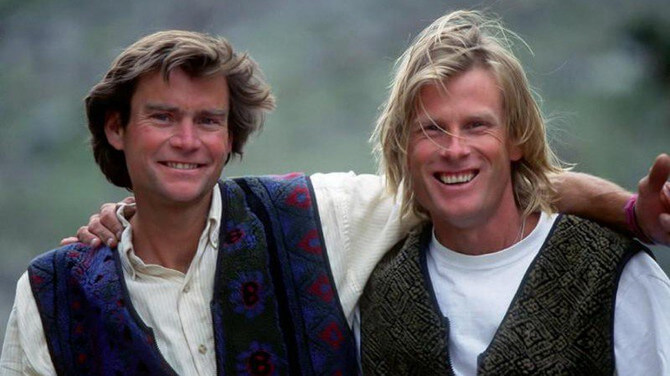
Accomplishments
In July 1999, at the age of 40, Lowe achieved the first ascent of the northwest face of the Great Trango Tower in the Karakorum range of Pakistan. Nobody had even attempted this 6,000-foot (1,829m) wall. Despite being unwell and falling 50 feet (15m), causing an injury to his elbow, he persevered and reached the western summit at 20,410 feet (6,221m).
Among hundreds of other feats, Lowe’s major ascents include soloing the north face of the Matterhorn, being the first person to make a solo winter ascent of the north face of the Grand Teton in Wyoming, and ascending 16 routes on the granite wall of El Capitan in Yosemite. He set a record by scaling the nose of El Capitan in just 10 hours. A climb that previously took several days. Lowe also climbed Everest twice and had several attempts on harder 8,000-meter peaks like K2.
Lowe had a passion for exploring remote locations. It led him to visit Antarctica, Baffin Island in the Canadian Arctic, the Carstenz Pyramid in Indonesia, and the Cordillera Blanca in Peru.
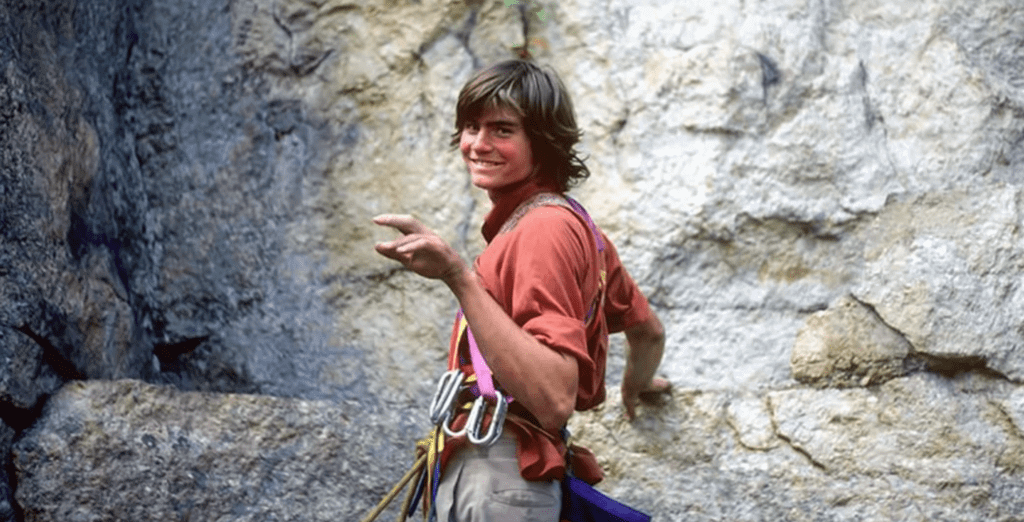
The 1995 Denali Rescue
In June 1995, Alex Lowe played a key role in a National Park Service rescue operation for several Spanish climbers on Denali in Alaska. Trapped for four days at 19,200 feet (5,852m), one of the group had already fallen to their death. The surviving climbers were suffering from hypothermia. With Mark Twight and Scott Backes, the National Park Service airlifted Lowe by military helicopter to a plateau above the climbers and descended a 400-foot (122m) slope of ice and rock to reach them. He determined that one of the Spaniards needed immediate evacuation. Despite the high altitude and snowy conditions, Lowe carried the climber on his back up the steep slope.
Climbers close to Alex Lowe knew that he was strong. His exercise regime was the stuff of legend. On expeditions, when other climbers were exhausted and in bed, Lowe would be doing dip after dip, chin up after chin up, and push up after push up.
Nevertheless, the Denali rescue exhibited his strength in a new light. It’s one thing to have the strength for technical climbing at 20,000 feet (6,096m). To carry the dead weight of another climber on your back can only be described as Herculean.
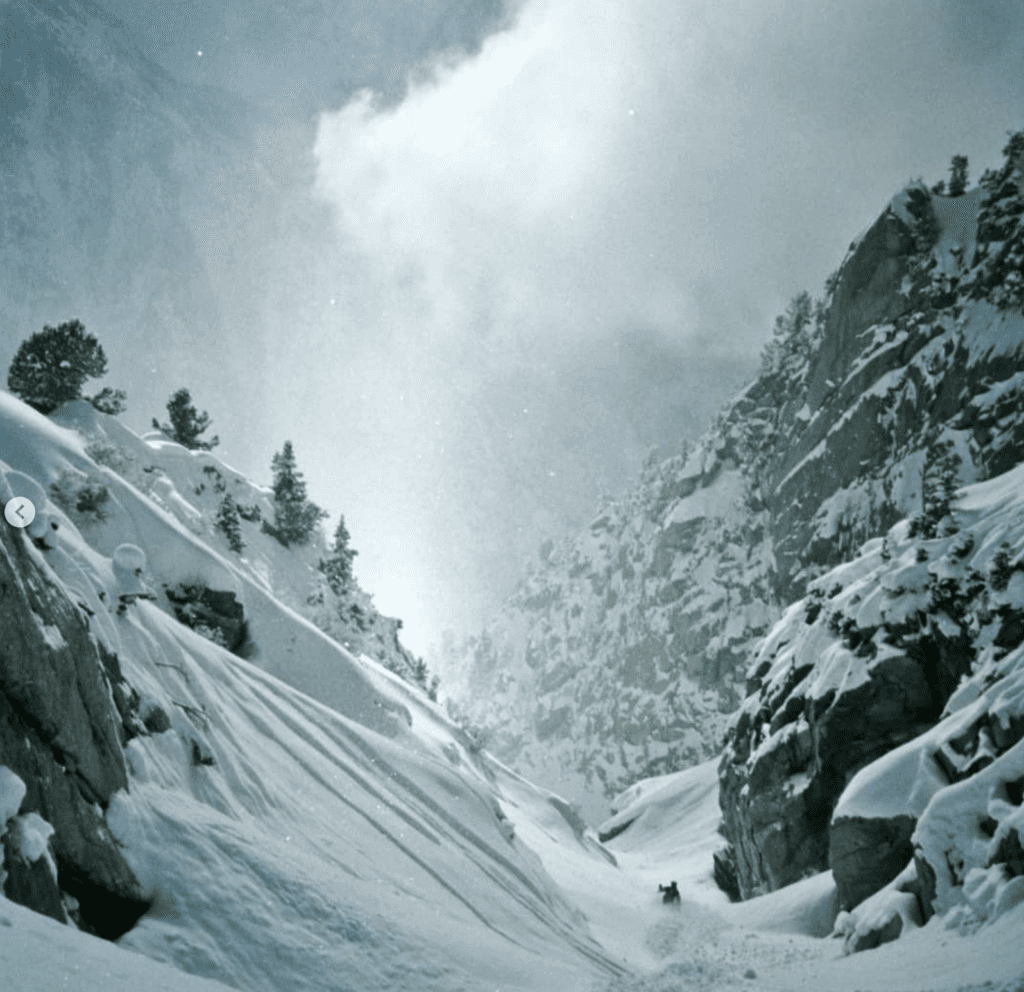
Alex Lowe’s Death on Shishapangma
In 1999, Alex Lowe, Conrad Anker, David Bridges, and others embarked on a journey to Shishapangma, the 14th-highest peak in the world.
Renowned ski mountaineer Andrew McLean led the 1999 American Shishapangma Ski Expedition. The plan was for Lowe and Anker to become the first Americans to ski from the summit of an 8,000-meter peak. Meanwhile, Bridges was part of a three-person film crew responsible for shooting an NBC documentary for The North Face.
On October 5th, the team split into two groups as they tried to find a path to the top of the mountain. Lowe, Anker, and Bridges were part of the same group and were traversing a flat glacier when a massive serac broke off from 6000 feet (1800 m) above and barrelled down the mountain. TA 500-foot-wide (150m) avalanche swept over the trio. With the force of a bomb, the wind blast from the moving snow and ice threw Anker 100 feet. Fortunately, he escaped with relatively minor injuries, such as a lacerated head, broken ribs, and a dislocated shoulder. Upon extricating himself from the snow, he led an unsuccessful rescue effort for 20 hours in the massive debris field.
Astonishingly, climbers Ueli Steck and David Göttler stumbled upon the climbers’ remains emerging from the receding glacier nearly 17 years later. Despite the long passage of time, the bodies had remained frozen in the ice and were ‘unmistakably’ the two climbers who had gone missing decades earlier.
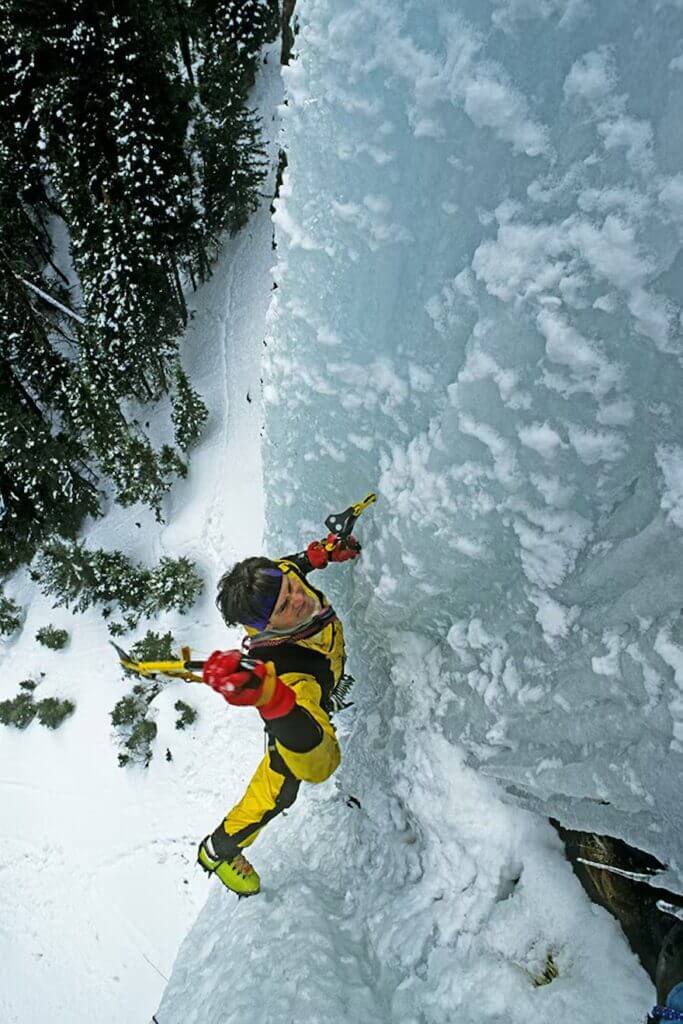
TORN: A Story of Friendship and Family
TORN is a powerful and emotional documentary. It was directed by Max Lowe, Alex’s oldest son, who was ten years old at the time of his death. Max details his family’s journey surrounding the discovery of their lost father from deep within the receding glaciers of Shishapangma.
Moreover, Max explores the dynamics of his father, his family, and his stepfather, Conrad Anker, who was also Alex’s climbing partner and best friend. Alas, the fact that Conrad married Alex’s wife and adopted his kids just a year after his death has long been a subject of discussion within the mountaineering world.
